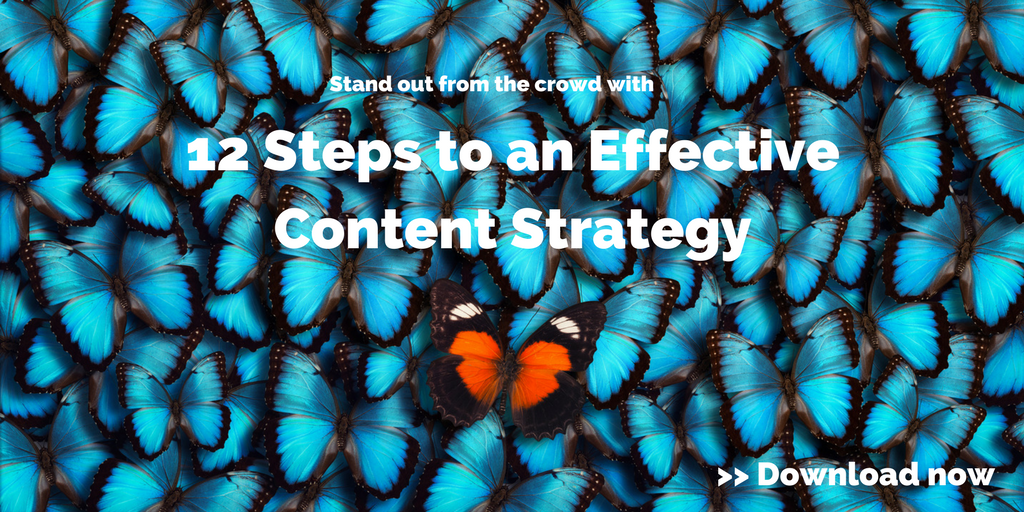Content is your sales team’s best friend. Use these 7 strategies for putting your content to work to convert and retain customers.
As we’ve written about before, content can help your sales team win business. But you need to take a close look at your sales process and be strategic about the times when content would be helpful — as well as the types of content that will successfully assist sales reps in educating and informing prospects. Here’s how content can support sales in each of the 7 stages in the sales cycle:
1) Land the first conversation
First impressions are critically important. Personalized content is ideal for helping sales teams make the most of their initial contact. For example, try initiating contact with a prospect through a live workshop that meets industry-specific needs. Prospects’ first impressions of your business will be that you understand their needs and have the tools and expertise to meet them.
[bctt tweet=”Personalized content is ideal for helping sales teams make the most of their initial contact. For example, try initiating contact with a prospect through a live workshop that meets industry-specific needs. ” username=”Fronetics”]
2) Get past an initial “no”
One of the most significant challenges for a sales team is receiving an initial “no” from a prospect. But with the help of content marketing, sales teams can often get past that initial rejection and turn it around. This is a great time to leverage not just your own content, but that of your prospect. Educate yourself on your prospect’s latest blog posts, and follow up with suggestions for how they can further optimize their content or business practices.
3) Educate them about a problem they didn’t know they have
Cultivating a fruitful relationship with a prospect is the best way to help your sales team land conversions. Content marketing is all about becoming a valuable resource for your prospects and customers, offering them more than just your products and services. As you learn about your prospect’s business, treat it as you would your own—where there are practices that need to be looked at, create a report and suggest fixes.
4) Nurture leads that aren’t quite ready to buy
Once again, the primary function of content marketing is relationship cultivation. Even when a lead isn’t ready to buy, content can help you nurture a relationship. When the time comes, that lead will turn to your business. Send personalized content throughout the customer lifecycle, demonstrating that you understand are ready to meet their needs.
5) Help them make their final decision about vendors
When a prospect is ready to make a decision about what vendor to use, chances are, they’ll go with the company that has demonstrated the most comprehensive understanding of their unique needs and challenges, and a readiness to anticipate and meet them. If you’ve created and shared relevant, personalized content throughout the sales funnel, you’re best positioned to be the vendor of choice.
6) Build lasting relationships with customers
Once a lead has converted, the role of content doesn’t stop. Too often, businesses lose customers by dropping the ball when it comes to nurturing ongoing customer relationships. Keep customers loyal by sharing personalized case studies, videos, and infographics even after they’ve chosen your business, demonstrating your ongoing commitment.
7) Turn customers into brand evangelists
So, your content has helped your sales team generate a lead, convert that prospect, and build a lasting relationship. What more can it possibly do? With ongoing cultivation, your customers can become brand ambassadors. But to make sure they are effective, you need to equip your most loyal customers with the tools they need to spread the word about your business. Referral incentives, shareable social media content, and guest blogging opportunities are just a few ways to turn customers into evangelists for your brand.
Related posts:


